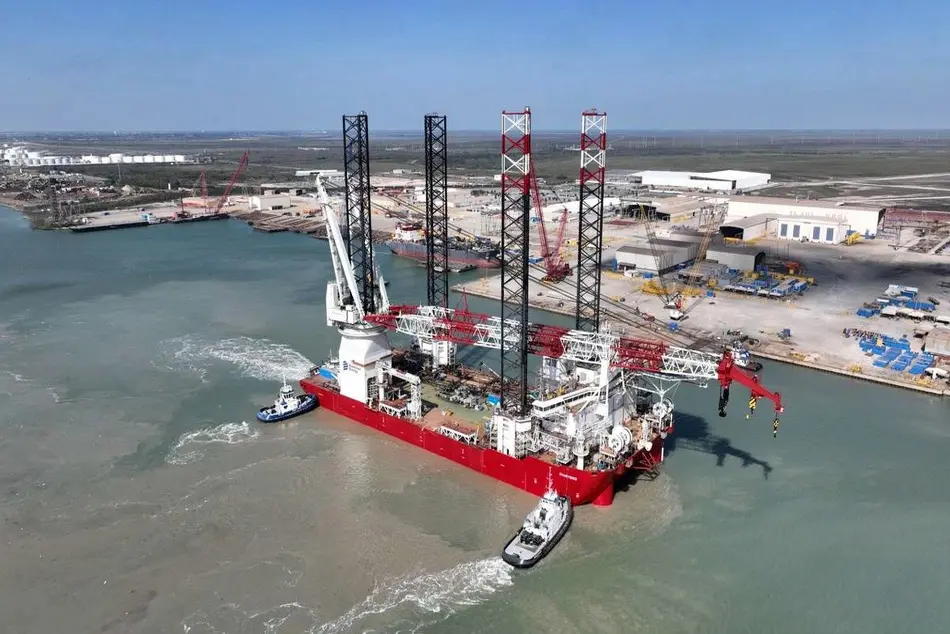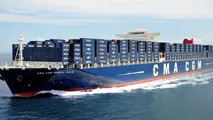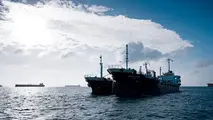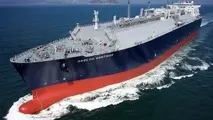Fist US-Built Wind Turbine Installation Vessel Starts Sea Trials
The United States' first Jones Act-compliant offshore wind turbine installation vessel (WTIV), Charybdis, has started sea trials ahead of delivery to Dominion Energy planned for later in 2025.

The United States' first Jones Act-compliant offshore wind turbine installation vessel (WTIV), Charybdis, has started sea trials ahead of delivery to Dominion Energy planned for later in 2025.
The Seatrium AmFELS shipyard in Bronsville, Texas, has been in charge of the construction of the WTIV vessel, the first of its kind to be build in the United States.
The vessel, commissioned by Dominion Energy, also recently completed the jacking trial and main crane load testing, Seatrium informed, adding the Charybdis is 96% completed.
The vessel complies with U.S. Jones Act regulations, which means it is allowed to operate in U.S. waters for domestic offshore wind projects.
One of the largest WTIVs of its kind globally, the Charybdis is designed to handle current and next-generation wind turbines up to 12 MW or larger.
With a length of 472 feet, width of 184 feet, and depth of 38 feet, it is equipped with a 426-foot crane capable of lifting up to 2,200 tonnes, and an accommodation capacity of up to 119 people.
Charybdis remains on schedule to be delivered and support Dominion Energy’s Coastal Virginia Offshore Wind project later in 2025 after vessel preparatios, including grillage installation works, are completed, Seatrium said.
The vessel was originally slated to cost about $500 million when U.S. power company Dominion ordered it from Seatrium AmFELS (then Keppel AmFELS) in 2020.
However, the price estimates have since risen, first to $625 million, and then to $715 million, as reported by Dominion Energy in 2024.
The prices reflect new modifications to accommodate project specific turbine loads based on final certified weights and dimensions of the equipment and additional financing costs, and other factors.



